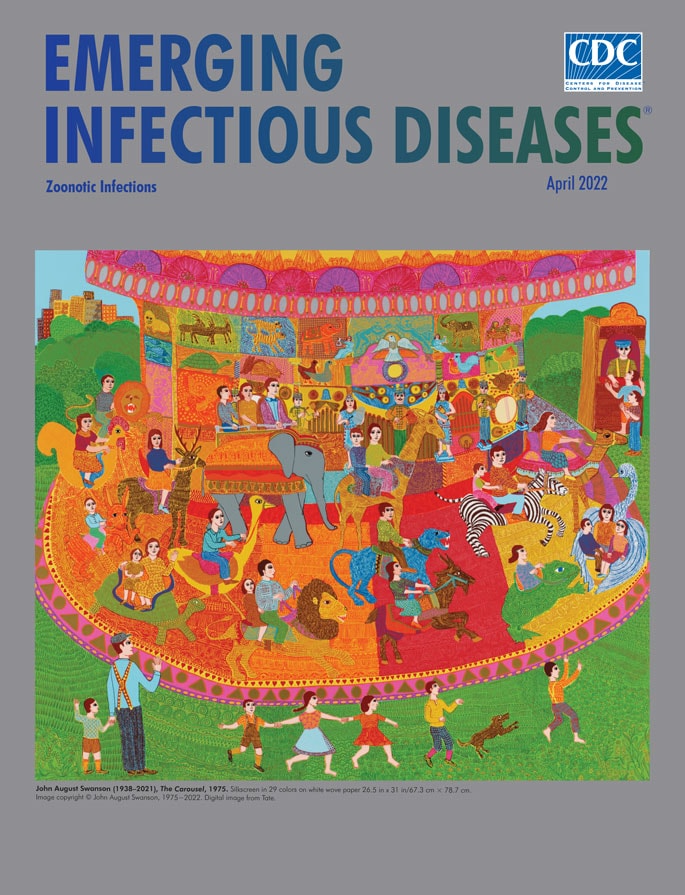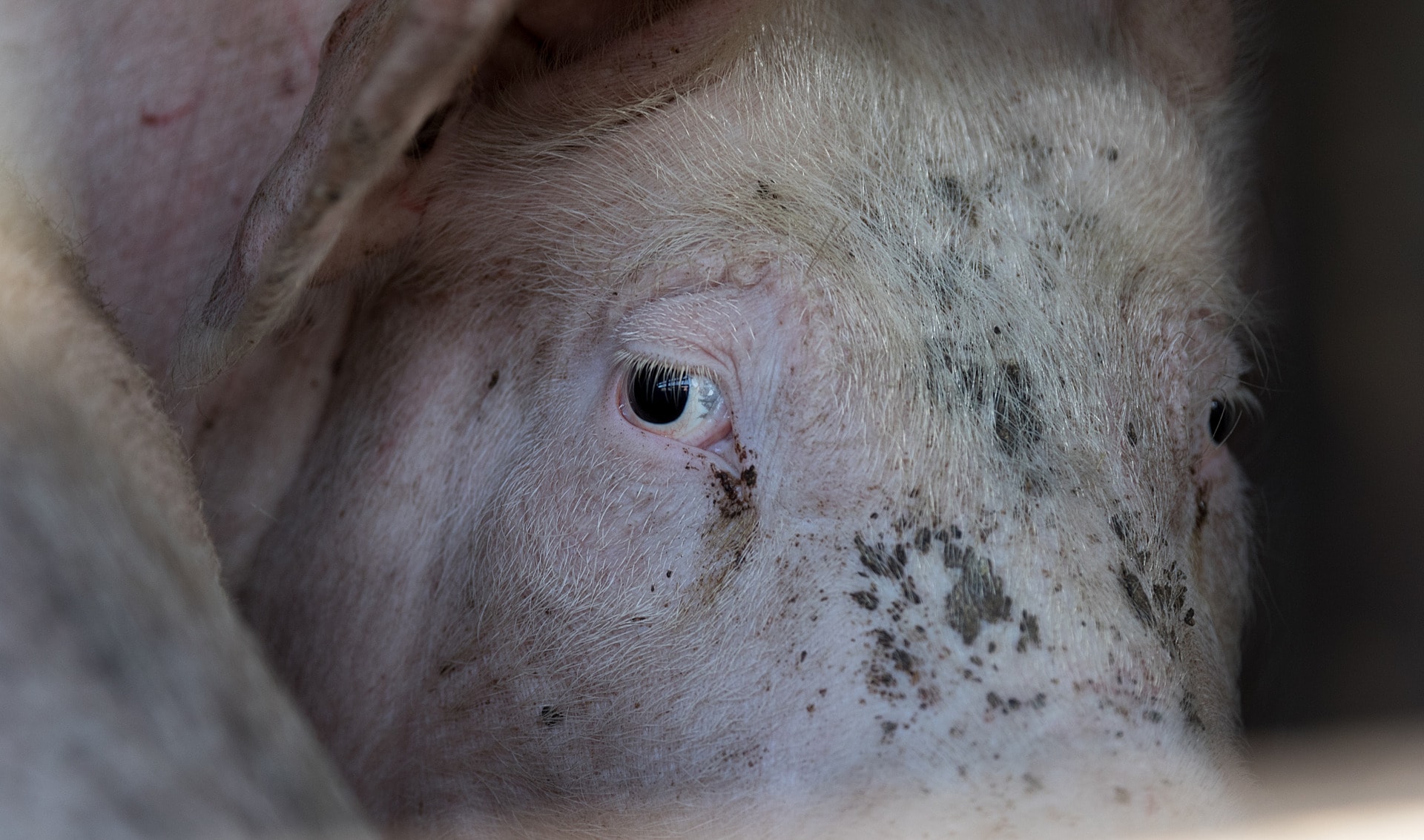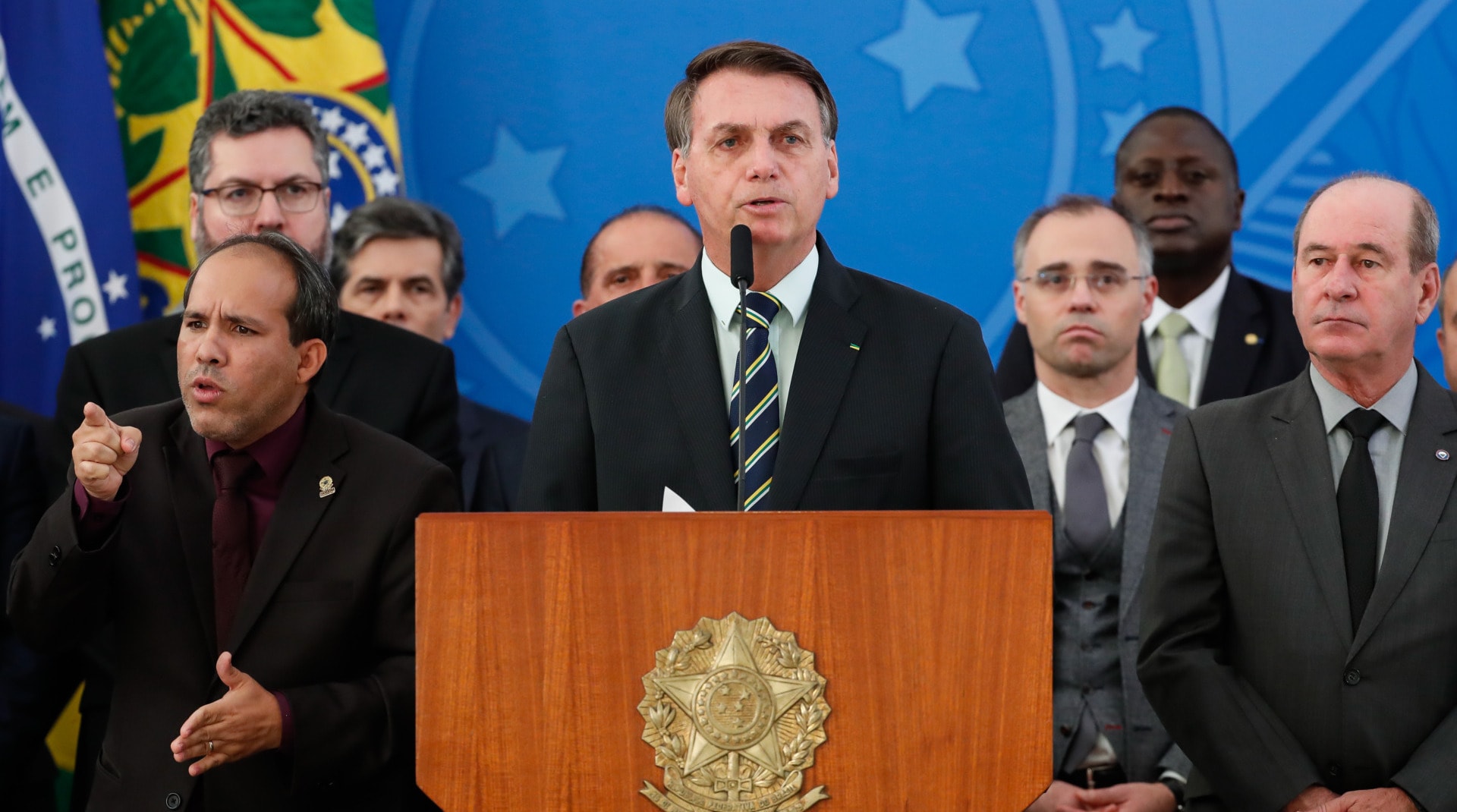As a species, we are accustomed to fighting past and current conventional “wars,” but not having the ability or foresight to wage tomorrow’s wars today. There is a need to close gaps between what scientists and experts know and what the general public understands. One Health is still too often ignored or misunderstood even though it is recognized by many as the best, most logical approach to address current and future infectious diseases, some of which become pandemics.
If this century should have opened our eyes, it is that there are common threats to all humanity and its survival, ones which often originate in a hidden forest, in a swamp, in an urban market – a nonhuman enemy, an infectious disease that potentially can cross over to us from animals, exacerbated by our territorial expansion into heretofore isolated, unpopulated areas, affected by changes in climate. From HIV, Ebola, SARS, Zika, to the continuing Covid pandemic, we have so far experienced only the tip of this very deadly virus spear.
This is not to say there has not been recent growing recognition of the One Health conundrum by many national, bilateral, and multilateral fora and steps taken.
It’s worth recalling here that we’ve come a long way since One Health was first recognized in 2004 with the realization that as a result of globalization, we were witnessing an emergence and re-emergence of infectious and non-infectious diseases:

And to the medical and veterinary communities that were already moving to work together, the solution logically presented itself with the novel incorporation of ecosystem health, including that of wild fauna.
Thus a global strategy was born based on a holistic approach that is transdisciplinary and incorporates multisector expertise to address the health problems of mankind, animals, and ecosystems:

Much progress has been made in the past decades, and while the road is still long until full incorporation is functionally achieved, a very positive further step was taken in October 2021 with the G-20 announcement that it established:
“…a G20 Joint Finance-Health Task Force (the Task Force) aimed at enhancing dialogue and global cooperation on issues relating to pandemic PPR, promoting the exchange of experiences and best practices, developing coordination arrangements between Finance and Health Ministries, promoting collective action, assessing and addressing health emergencies with cross-border impact, and encouraging effective stewardship of resources for pandemic PPR, while adopting a One Health approach.”
In fairness, it has only been six months since the agreement, so we do not know if this Task Force has moved ahead and if so, in what One Health direction. But as positive as this may ultimately prove, these two sectors – health and finance – are likely to generate actions that do not integrate environmental aspects, and as a result, lack unified comprehensive coherent policies, plans, or programs to scale.
Rarely will there be tangible commitment across borders, regions, and international institutions, or a multidisciplinary vision.
Why One Health still does not get the priority it deserves
The reasons are plain to see: One Health is not readily visible yet, too complicated to explain to legislators or the public, nor do they believe it will not happen in their backyard, there are other matters that take immediate priority, and so on.
On its face, each of the above is justifiable– but simply wrong and short-sighted.
The One Health threat is not invisible; it just needs to be “seen” with a better and wider lens. Not a power politics matter, but a way for all to gain by doing common cause. And there are known ways to deal in advance with such threats: Surveillance, shared information, research, applied science, education, and so forth.
As described in an important pertinent peer-reviewed article:
“… success of this One Health concept now requires breaking down the interdisciplinary barriers that still separate human and veterinary medicine from ecological, evolutionary, and environmental sciences. The development of integrative approaches should be promoted by linking the study of factors underlying stress responses to their consequences on ecosystem functioning and evolution. This knowledge is required for the development of novel control strategies inspired by environmental mechanisms leading to desired equilibrium and dynamics in healthy ecosystems and must provide in the near future a framework for more integrated operational initiatives.” (bold added)
The underlying problem is that One Health is not any one professional discipline’s first priority, so attention fades when an immediate issue gets to the front of the human concern line, and research funds pivot to the latest issue.
The way forward: Some new One Health initiatives but more are needed
The recently launched “PANORAMA One Health”, initiated by the main German development agency (GIZ), the International Union for Conservation of Nature (IUCN), and the World Bank, will promote solutions and lessons learned that facilitate the adoption of the One Health approach, spanning a broad range of topics, actors, and disciplines.
For example, a push will be made for the adoption of One Health in schools with the GIZ regional Fit for School programme that promotes and supports tangible actions in schools, including WASH in Schools (WinS) and improved hygiene:

This Panorama initiative and the G20 Finance and Health Ministry establishment of a Task Force are all steps in the right direction, but One Health needs more and broader support to make it a high priority.
What can be done: A separate global entity focused on information-sharing and communication
Such a broader “process and promotional” answer could be to create an entity singularly mandated to focus on One Health science, information, and performance on a sustained and multidisciplinary basis. This body would exist outside technical entities such as WHO, FAO, or OIE, drawing on their expertise as appropriate.
It would not engage in operations but rather collect, compile, and share both good and bad information and methods, and have a robust communication strategy utilizing already available information and advocacy networks.
Notable is the non-governmental One Health Initiative website that is an excellent source that provides frequent items spanning from informative articles to design, the latest being a superb graphic for the upcoming April 2022 cover of U.S. CDC magazine by American artist John August Swanson, recently deceased:

Art has always been a major means of communication among humans and is especially meaningful for anyone who appreciates the artist’s work – in this case, a remarkable example of 21st-century figurative art.
The One Health Commission also regularly provides important updates but in both cases, the efforts reach principally already interested audiences.
What is needed is a revamped communication strategy that is not solely directed at scientists and politicians, but reaches out to a much broader audience: A priority must be in telling stories to average people —not just data or technical terminology that means little to the public.
And the stories, to be effective and meaningful for people, should focus on solutions that use a One Health approach, just like climate reporting, to be effective, focuses on solutions.
This is how big things happen in our modern world; yes, science and data are essential, but it must be translated in ways to garner widespread citizen support. Let’s call it a bottom-up approach which brings the top to act.
As part of making the storyline publicly understood, a One Health rating system could be created to assess performance of both public and private actors. There are models to draw from, such as the Impakter Sustainability Index or the World Bank’s former “Doing Business” evaluations. There are many other models to draw from which provide recognition for strong performers, and a way to “name and shame” the worst.
“The medium is the message” is a phrase coined by the Canadian communication theorist Marshall McLuhan. For One Health the message has to utilize “mediums” better. Visibility in today’s world is the sine qua non for engagement; establishing an independent One Health entity for the purpose could make all the difference.
Editor’s Note: The opinions expressed here by Impakter.com columnists are their own, not those of Impakter.com. — In the Featured Photo: Leadership seminar in Kenya, field session with students – the seminar was developed by School of Public Health student Farhiya Farah using a One Health grant University of Minnesota (screenshot from UMN video)














